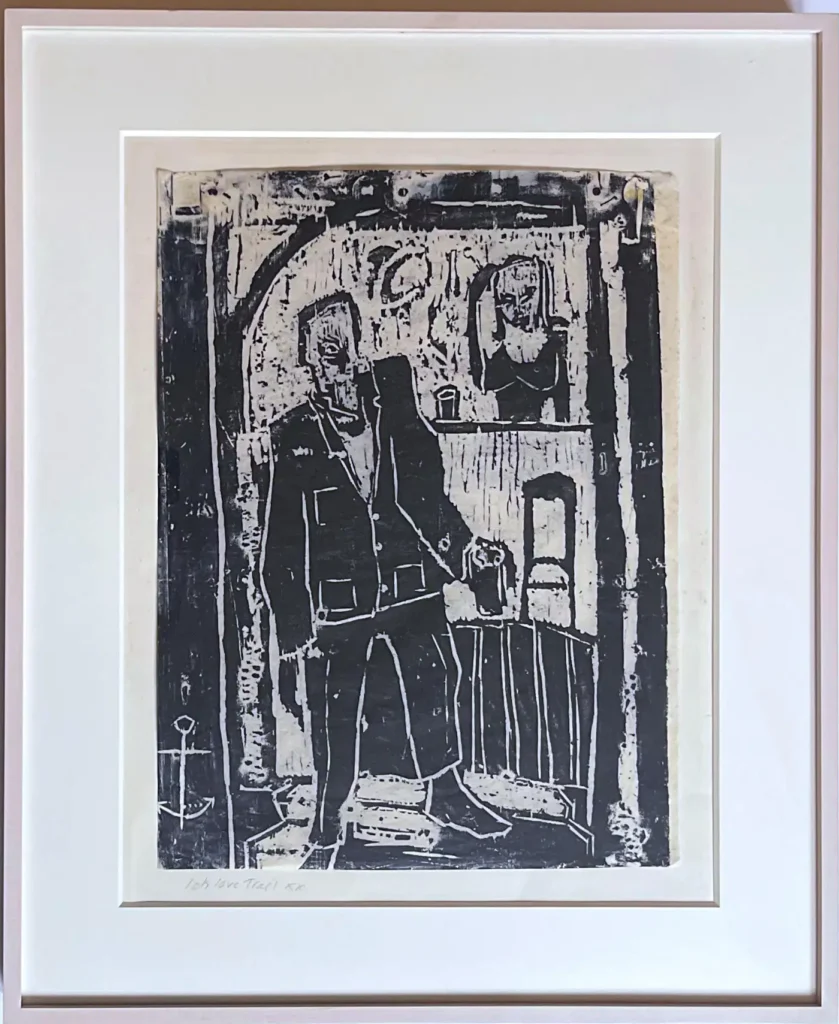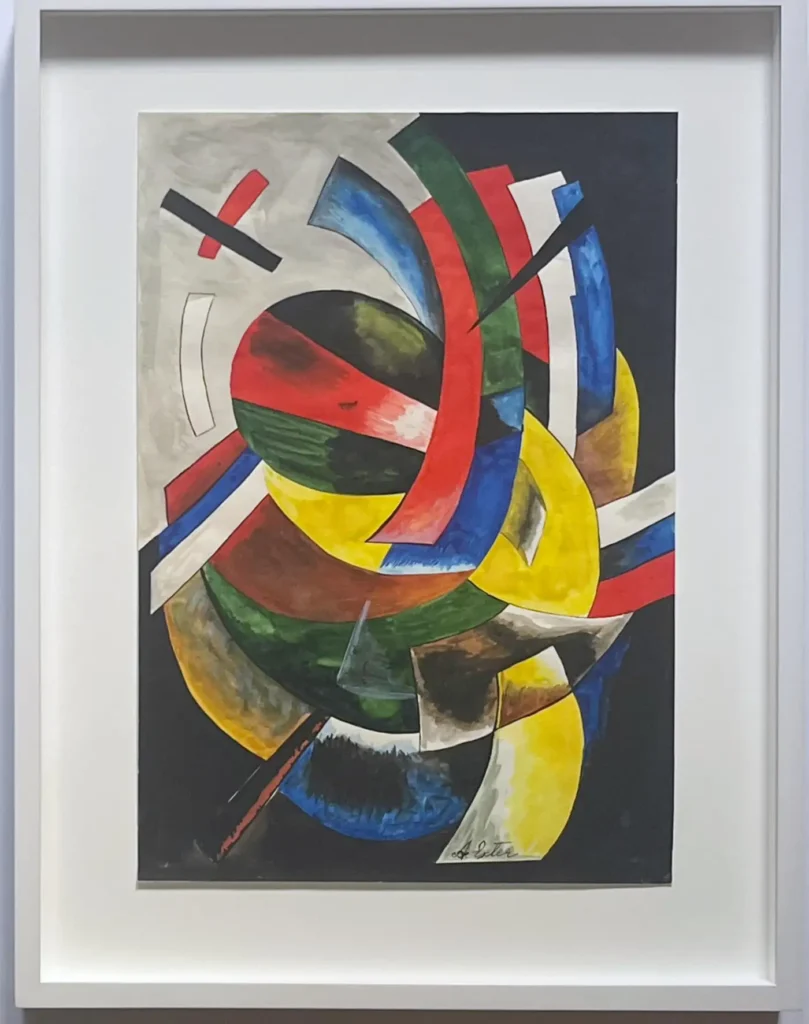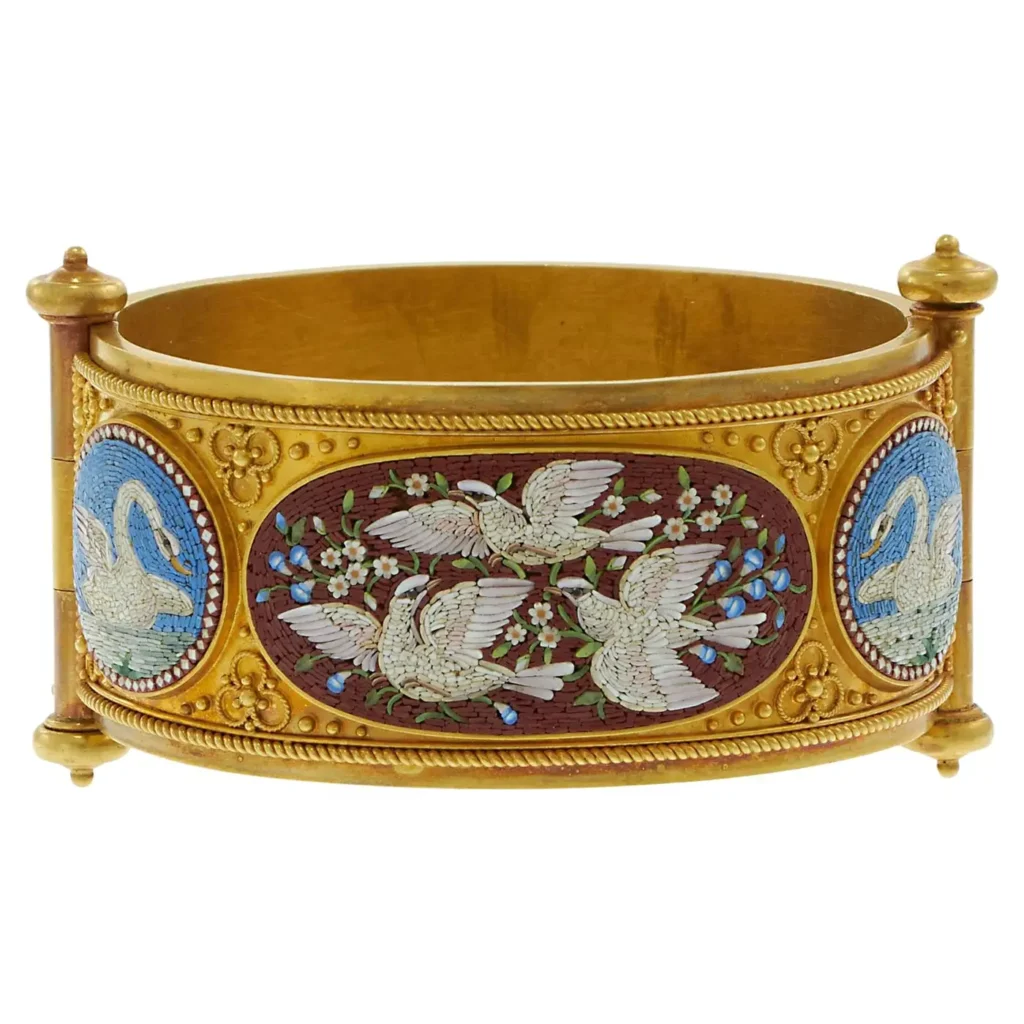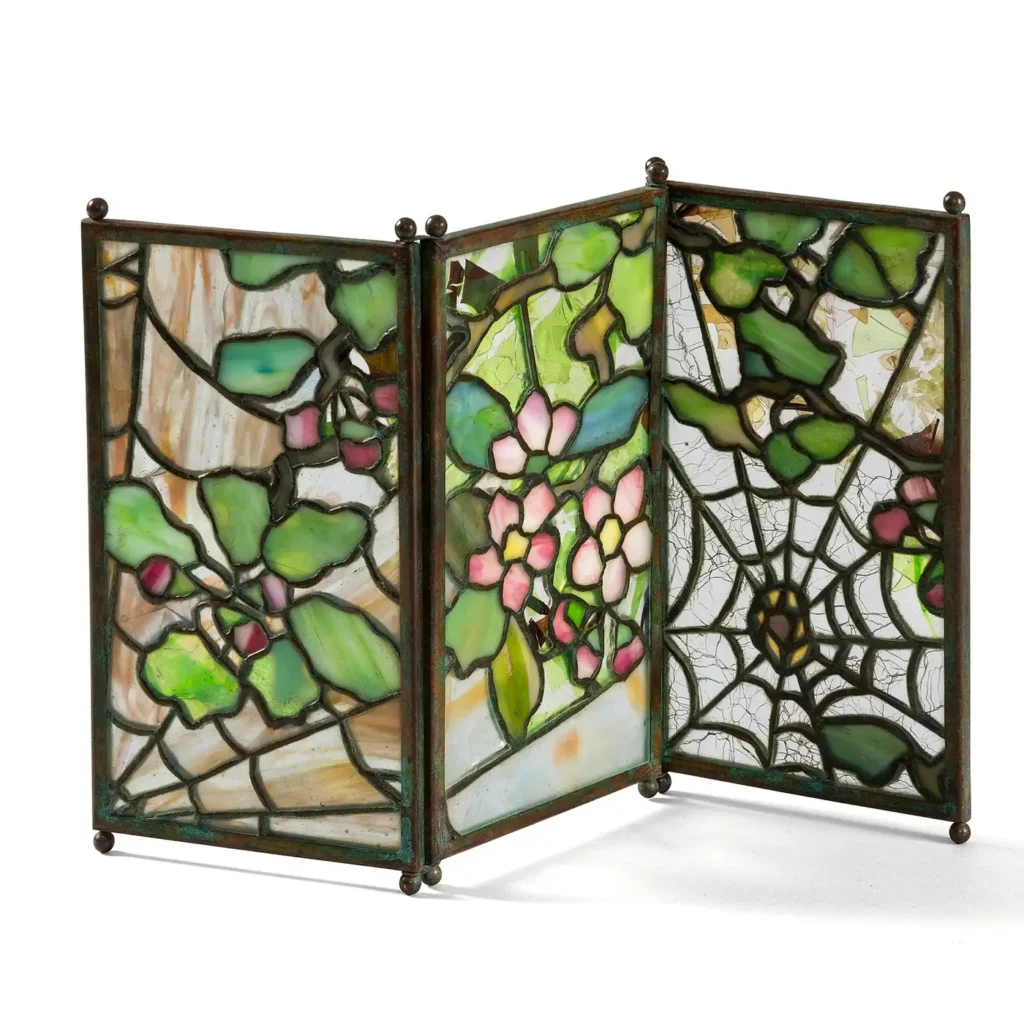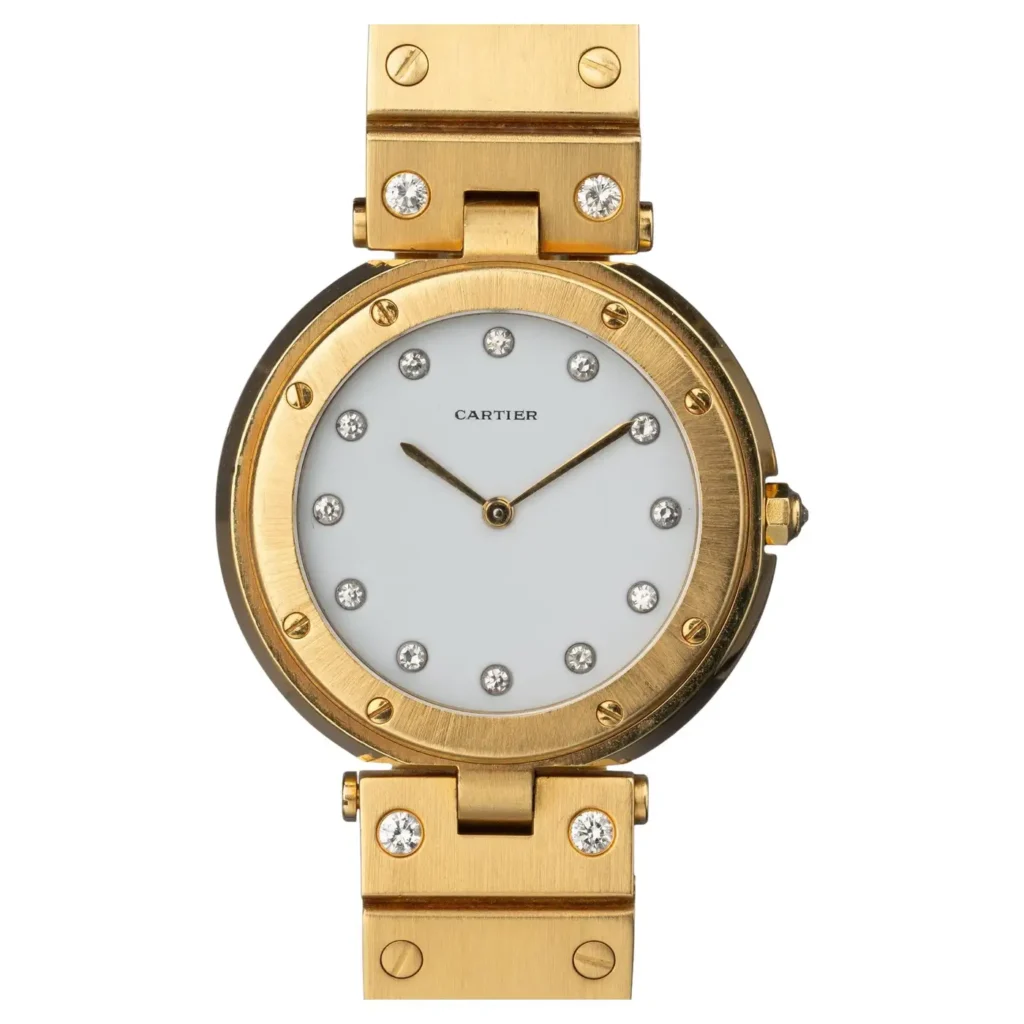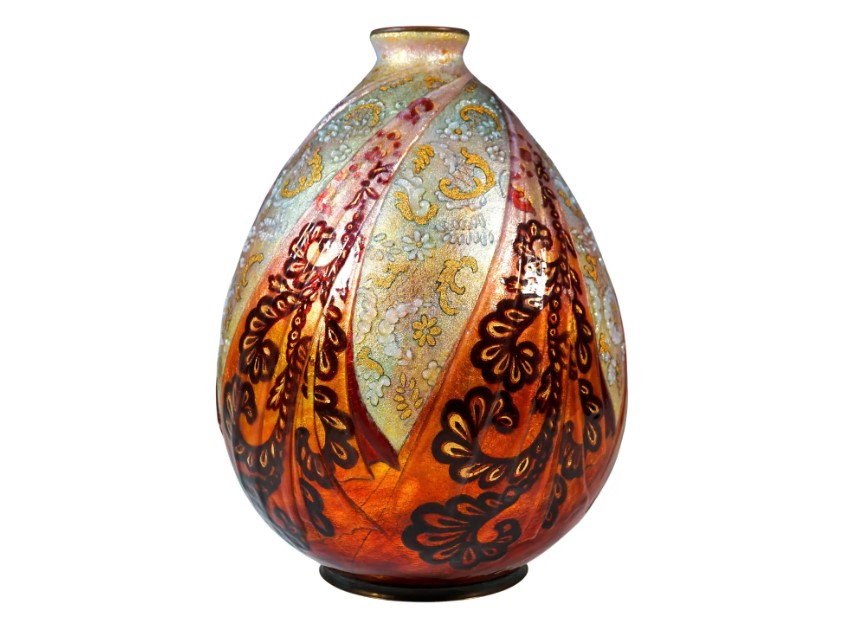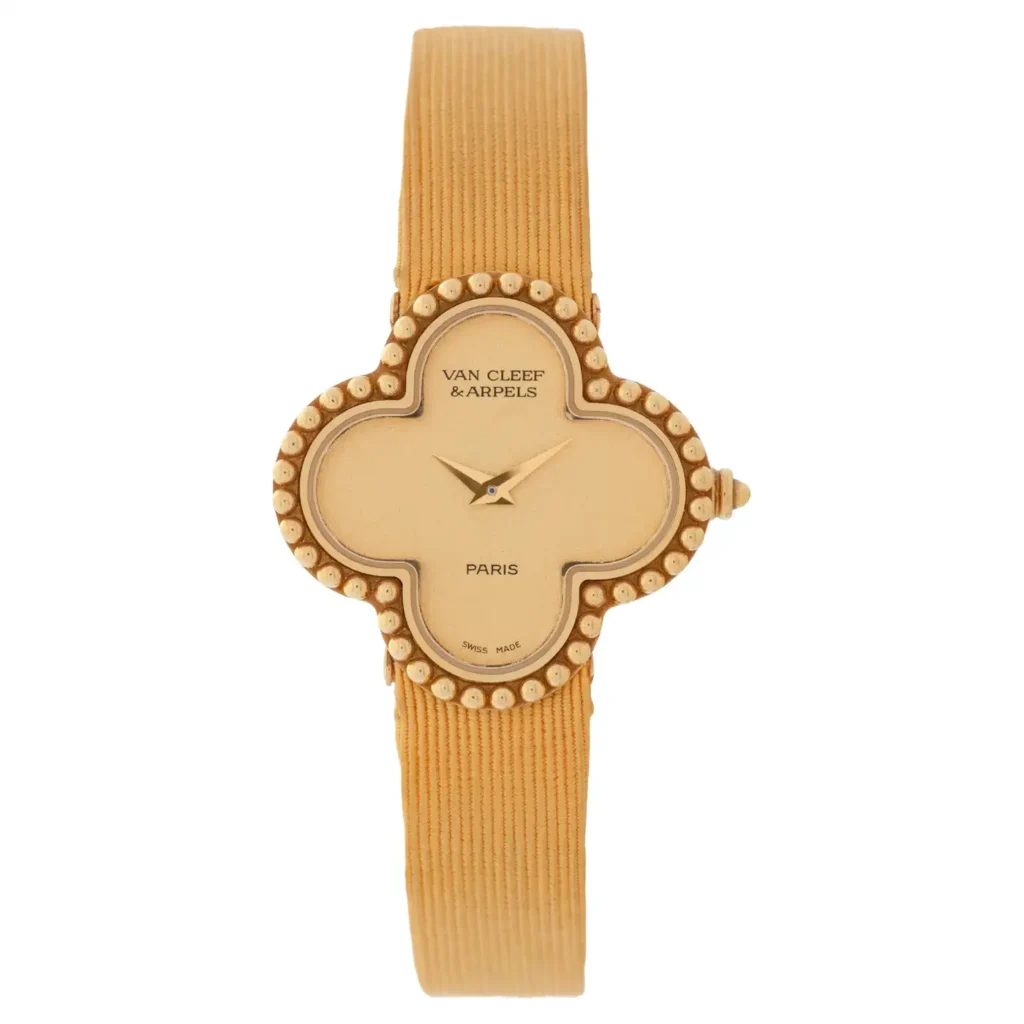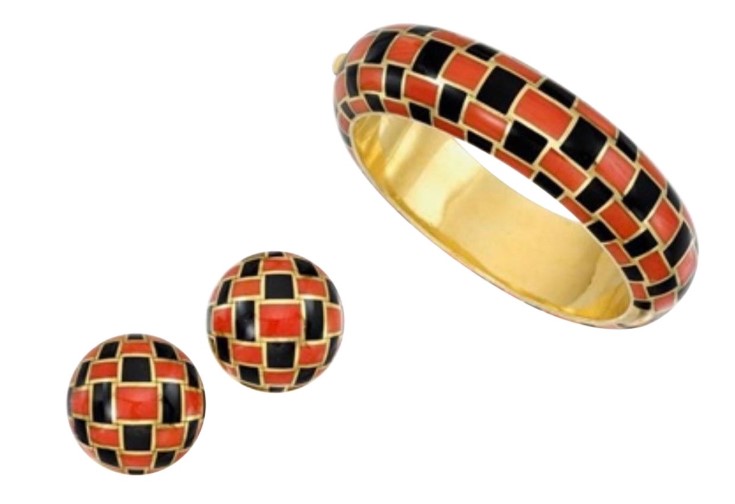Art Glass
Paul Milet
SHARE
Paul Milet: The Unsung Hero of Mid-Century Design
In the pantheon of mid-century design, the name Paul Milet may not carry the same weight as his more famous contemporaries like Charles Eames or George Nelson. Yet, Milet’s contributions to the aesthetic that defined an era are no less significant. With his innovative use of materials, clean lines, and timeless silhouettes, Milet left an indelible mark on the world of furniture and interior design.
Born in 1922 in the small French town of Beauvais, Milet’s path to design stardom was anything but conventional. After serving in the French military during World War II, he enrolled at the prestigious École Nationale Supérieure des Arts Décoratifs in Paris, where he honed his skills in woodworking and metalsmithing. It was during this formative period that Milet began to develop the design philosophy that would guide his work for decades to come.
Rejecting the ornate, overly-decorated styles of the past, Milet was drawn to the clean, minimalist aesthetic that was gaining traction in the post-war era. Inspired by the Bauhaus movement and the emerging modernist design principles, he sought to create pieces that were not only visually striking but also highly functional. This focus on form and function would become the hallmark of Milet’s work.
One of Milet’s earliest and most iconic designs was the “Sling” chair, introduced in 1952. Crafted from a simple, bent-plywood frame and a supple leather sling seat, the chair embodied Milet’s design philosophy. It was elegant, comfortable, and remarkably durable – a testament to the designer’s mastery of materials and construction techniques.
The success of the “Sling” chair propelled Milet into the spotlight, and he soon found himself in high demand among the design-savvy elite. Commissions poured in from both private clients and commercial entities, each eager to incorporate Milet’s distinctive style into their spaces.
In the years that followed, Milet continued to push the boundaries of mid-century design, creating a diverse portfolio of furniture, lighting, and accessories that captured the zeitgeist of the era. His “Ribbon” sofa, with its sinuous, ribbon-like form, became a staple in high-end living rooms, while his “Orb” pendant light, with its sleek, spherical silhouette, illuminated countless modernist interiors.
But Milet’s influence extended far beyond the realm of residential design. He also made significant contributions to the commercial and institutional sectors, designing furniture and fixtures for offices, hotels, and public spaces. His “Modular” seating system, for example, was a revolutionary concept that allowed for endless configurations, making it an ideal solution for large-scale projects.
Despite his growing reputation and commercial success, Milet remained a humble and unassuming figure, content to let his work speak for itself. He was not one for self-promotion or seeking the limelight, preferring instead to focus on the creative process and the pursuit of design excellence.
This quiet dedication to his craft, coupled with his unwavering commitment to quality, earned Milet the respect and admiration of his peers. He was a mentor to countless young designers, sharing his knowledge and expertise with a new generation of creatives.
Sadly, Milet passed away in 1989, leaving behind a legacy that continues to inspire and influence designers around the world. While he may not have achieved the same level of fame as some of his more celebrated contemporaries, his impact on the evolution of mid-century design is undeniable.
Today, Milet’s designs are highly sought after by collectors and design enthusiasts, fetching premium prices at auction houses and vintage furniture stores. But more importantly, his work continues to grace the homes, offices, and public spaces of people who appreciate the timeless beauty and functionality of his creations.
In a world that often celebrates the flashy and the ostentatious, Paul Milet’s quiet brilliance serves as a reminder that true design excellence lies in the pursuit of simplicity, elegance, and enduring quality. He may have been the unsung hero of mid-century design, but his legacy will continue to resonate for generations to come.
In the pantheon of mid-century design, the name Paul Milet may not carry the same weight as his more famous contemporaries like Charles Eames or George Nelson. Yet, Milet’s contributions to the aesthetic that defined an era are no less significant. With his innovative use of materials, clean lines, and timeless silhouettes, Milet left an indelible mark on the world of furniture and interior design.
Born in 1922 in the small French town of Beauvais, Milet’s path to design stardom was anything but conventional. After serving in the French military during World War II, he enrolled at the prestigious École Nationale Supérieure des Arts Décoratifs in Paris, where he honed his skills in woodworking and metalsmithing. It was during this formative period that Milet began to develop the design philosophy that would guide his work for decades to come.
Rejecting the ornate, overly-decorated styles of the past, Milet was drawn to the clean, minimalist aesthetic that was gaining traction in the post-war era. Inspired by the Bauhaus movement and the emerging modernist design principles, he sought to create pieces that were not only visually striking but also highly functional. This focus on form and function would become the hallmark of Milet’s work.
One of Milet’s earliest and most iconic designs was the “Sling” chair, introduced in 1952. Crafted from a simple, bent-plywood frame and a supple leather sling seat, the chair embodied Milet’s design philosophy. It was elegant, comfortable, and remarkably durable – a testament to the designer’s mastery of materials and construction techniques.
The success of the “Sling” chair propelled Milet into the spotlight, and he soon found himself in high demand among the design-savvy elite. Commissions poured in from both private clients and commercial entities, each eager to incorporate Milet’s distinctive style into their spaces.
In the years that followed, Milet continued to push the boundaries of mid-century design, creating a diverse portfolio of furniture, lighting, and accessories that captured the zeitgeist of the era. His “Ribbon” sofa, with its sinuous, ribbon-like form, became a staple in high-end living rooms, while his “Orb” pendant light, with its sleek, spherical silhouette, illuminated countless modernist interiors.
But Milet’s influence extended far beyond the realm of residential design. He also made significant contributions to the commercial and institutional sectors, designing furniture and fixtures for offices, hotels, and public spaces. His “Modular” seating system, for example, was a revolutionary concept that allowed for endless configurations, making it an ideal solution for large-scale projects.
Despite his growing reputation and commercial success, Milet remained a humble and unassuming figure, content to let his work speak for itself. He was not one for self-promotion or seeking the limelight, preferring instead to focus on the creative process and the pursuit of design excellence.
This quiet dedication to his craft, coupled with his unwavering commitment to quality, earned Milet the respect and admiration of his peers. He was a mentor to countless young designers, sharing his knowledge and expertise with a new generation of creatives.
Sadly, Milet passed away in 1989, leaving behind a legacy that continues to inspire and influence designers around the world. While he may not have achieved the same level of fame as some of his more celebrated contemporaries, his impact on the evolution of mid-century design is undeniable.
Today, Milet’s designs are highly sought after by collectors and design enthusiasts, fetching premium prices at auction houses and vintage furniture stores. But more importantly, his work continues to grace the homes, offices, and public spaces of people who appreciate the timeless beauty and functionality of his creations.
In a world that often celebrates the flashy and the ostentatious, Paul Milet’s quiet brilliance serves as a reminder that true design excellence lies in the pursuit of simplicity, elegance, and enduring quality. He may have been the unsung hero of mid-century design, but his legacy will continue to resonate for generations to come.

